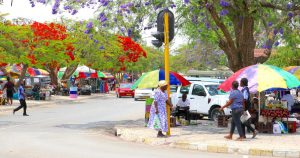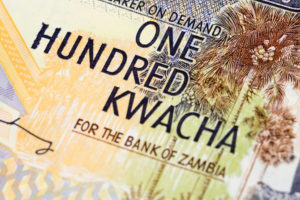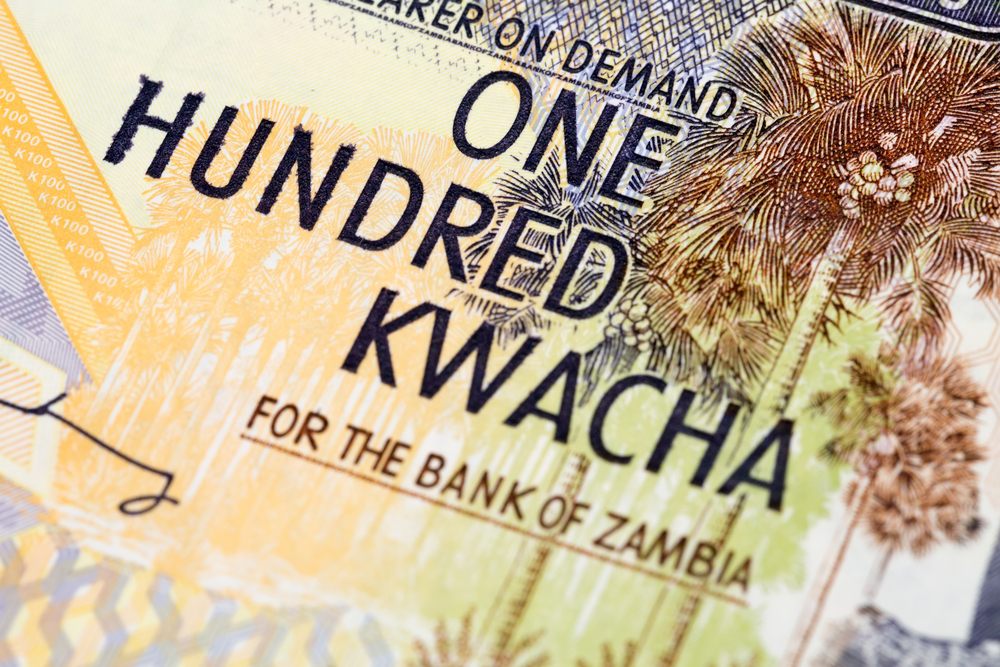
Inclusive Financial Integrity: Guidance Note
Countries in the sub-Saharan Africa (SSA) region have been on a development curve in setting up effective Anti-Money Laundering (AML) and Combatting the Financing of Terrorism (CFT) regulatory responses that meet the international Financial Action Task Force (FATF) standards. FATF is a global body mandated with setting standards on financial



















